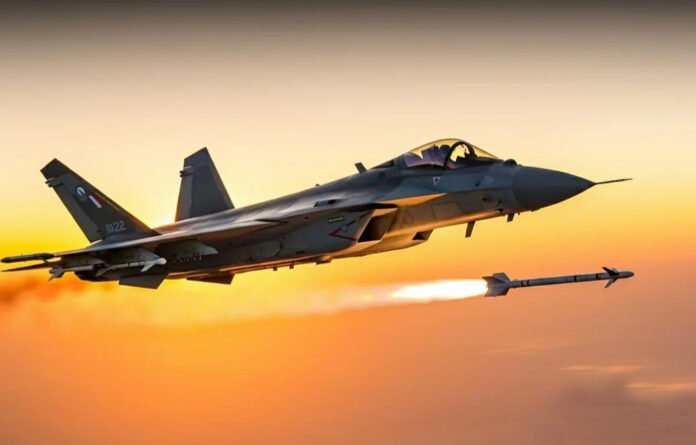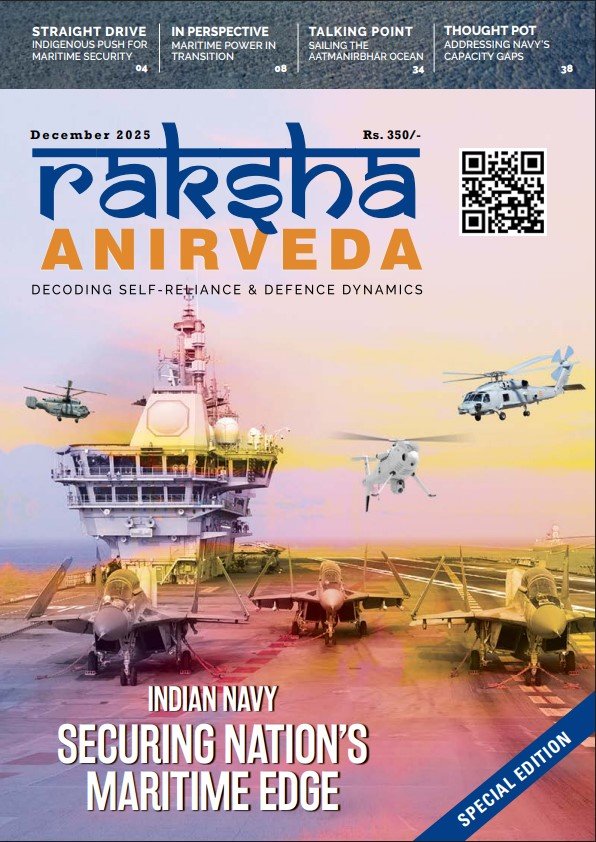New Delhi: Defence Research and Development Organisation (DRDO) is advancing its missile capabilities with the development of the Astra MK-IV, a brand new Beyond Visual Range Air-to-Air Missile (BVRAAM) aimed at countering enemy fifth-generation stealth aircraft, media reports stated quoting anonymous reports.
This initiative is part of a broader effort to enhance India’s air combat capabilities in response to evolving aerial threats expected in the mid-to-late 2030s.
The Astra program has already seen the successful deployment of the Astra MK-I, which has been operational in the Indian Air Force (IAF) and has established itself as a reliable weapon for engaging hostile aircraft. The Astra MK-II is nearing completion and promises improvements in range and accuracy, benefiting from advancements made during the development of its predecessor.
The Astra MK-IV is designed specifically to engage high-speed, stealthy platforms that present unique challenges in aerial combat. Its development is characterised by several ambitious goals.
The missile will incorporate cutting-edge technologies such as multi-mode seekers that utilise both radar and infrared capabilities. This dual approach is essential for detecting and tracking low-observable targets under various operational conditions.
The missile is proposed to be equipped with advanced and enhanced propulsion technologies. To achieve extended range and high-speed engagement, the Astra MK-IV may utilise new rocket motor technologies or even ramjet propulsion systems, allowing it to sustain high speeds over longer distances.
The missile is designed with low probability of intercept features which will include features that minimise the chances of being detected or intercepted, making it more effective against stealth aircraft.
Currently, the Astra MK-IV is in the preliminary study phase, with DRDO actively defining the technologies required for its development. The IAF is expected to provide detailed specifications once initial concepts are finalised. If the development proceeds as planned, prototype testing could commence by the mid-2030s, with operational deployment anticipated by the late 2030s. This timeline aligns with India’s plans for its Advanced Medium Combat Aircraft (AMCA), which will be compatible with this advanced missile system.
The Astra MK-IV represents a significant leap in India’s air-to-air missile technology, designed to ensure that the IAF maintains a strategic edge in future air combat scenarios against sophisticated stealth threats.
Raksha Anirveda's editorial desk team brings in the collective experience of creative professionals - a fine mix of senior copy editors, writers, proofreaders and designers. Working as a team, they continuously create, manage, and curate content to sustain the magazine's profile and reputation in line with market trends and achieve magazine's goal.





